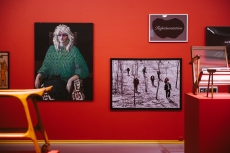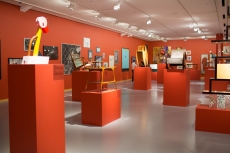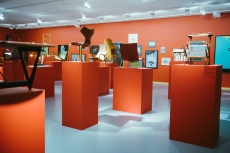Mad House
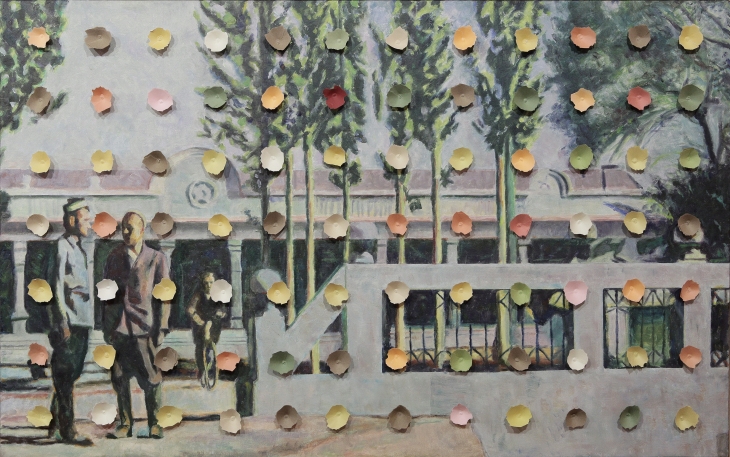
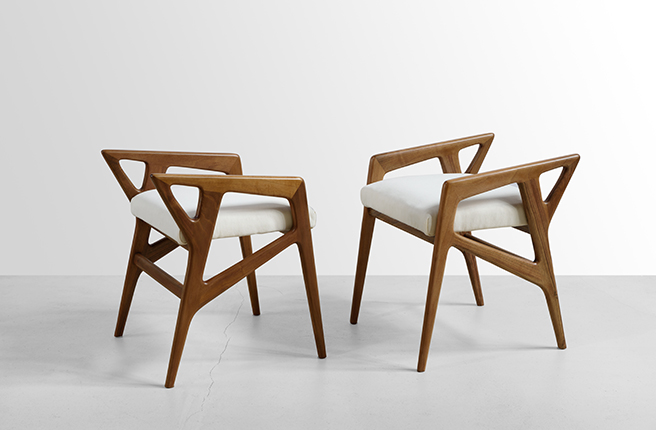
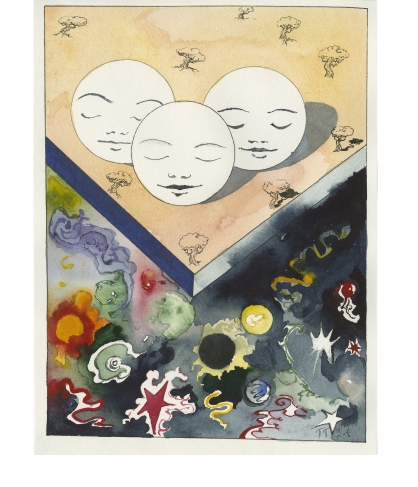
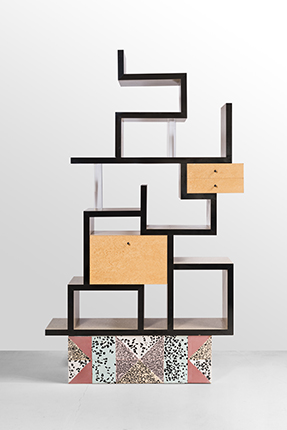
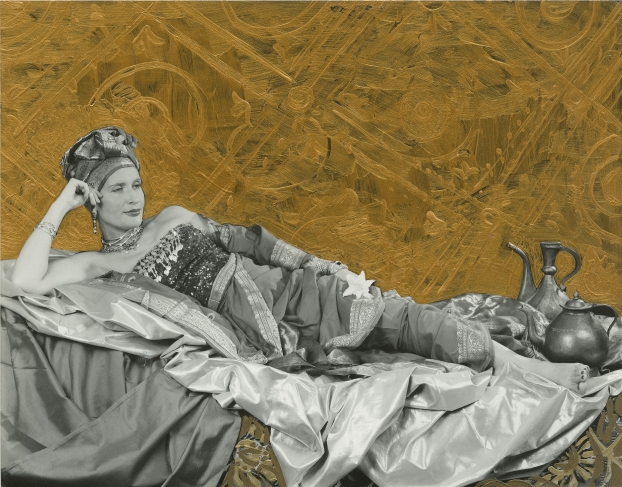

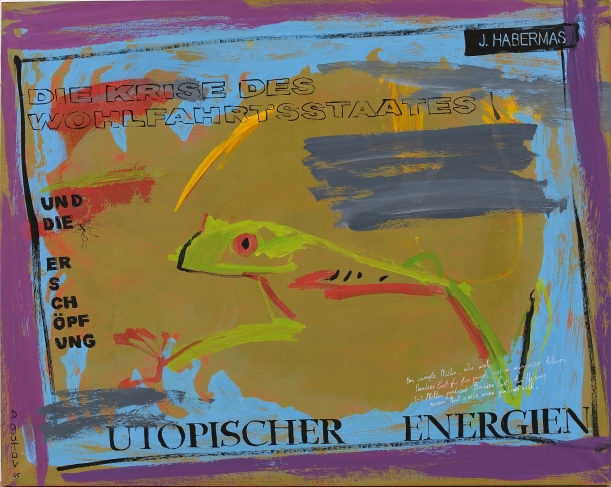
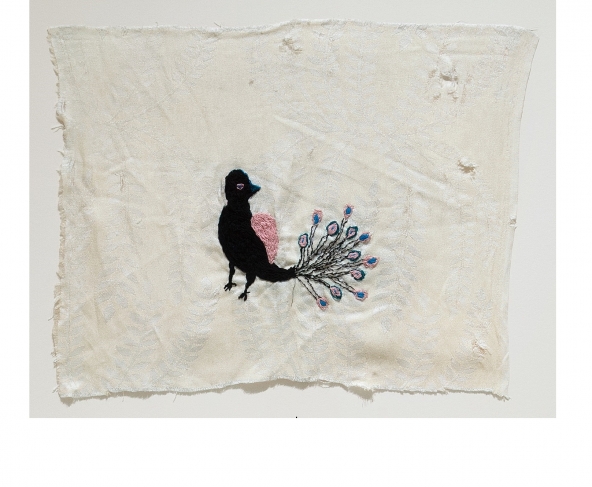
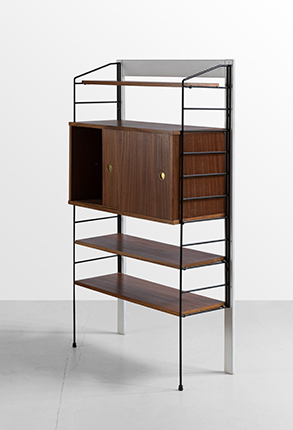


Ilya Kabakov. Holidays. 2016. Courtesy of a private collector
Joe Ponti. A pair of rare walnut puffs, 1950s. Courtesy of the Palisander Gallery
Pavel Pepperstein. Untitled. 2016 Courtesy of a private collector
Ettore Sottsass for Memphis Milano. Shelving MAX, 1987. Veneer maple "bird's eye", terrazzo, transparent acrylic. Courtesy of the Palisander Gallery
Aidan Salakhova. Odalisque. 1999. Black and white photography hand coloured with gold paint. Courtesy of Pierre Brochet
Coffee table with a figured base, 1950's (attributed to Cesare Lakka). Ebony wood, polished brass, clear glass. Courtesy of the Palisander Gallery
Dmitry Gutov. Crisis of the welfare state, exhaustion of utopian energy. 2005. Oil on canvas. Courtesy of the Stella Art Foundation
Evgeny Antufiev. Untitled. 2014. Fabric, embroidery. Courtesy of the Artwin Gallery
Nils & Kajsa Strinning. Modular suspended racking system String, 1950s. Factory: String. Courtesy of the Palisander Gallery
Vladimir Yakovlev. Flower. Undated. Gouache on paper. Courtesy of the Stella Art Foundation
Kurt Østervig. Coffee table Surfboard, 1950s Factory: Jason Møbler. Teak wood, brass, black lacquer. Courtesy of the Palisander Gallery
Moscow, 8.06.2018—29.07.2018
exhibition is over
Share with friends
Curators: Anna Zaitseva, Alina Pinskaya
For the press
Mad House
SUPPORTED BY Mastercard, TSUM, Auction House Phillips
Exhibits by courtesy of the Stella Art Foundation, Palisander Gallery, Artwin Gallery, Marina Gisich Gallery, Regina Gallery, Pierre Brochet and other private collectors
The Multimedia Art Museum, Москва presents the exhibition ‘Mad House’, which brings together classics of international design with predominantly Russian contemporary art, continuing the museum’s cycles ‘Design at MAMM’ and ‘Private Collections at MAMM’.
In colloquial language the term ‘mad house’ is a synonym for confusion. But here these words should be taken literally. The imaginary inhabitant of this house is a collector and fetishist, something of a sociopath. He expresses himself through his collection and feels comfortable in chaos. The master of this house does everything his way and violates the customary disposition of things. The walls are thickly carpeted with artworks selected according to his eccentric taste.
Design objects are elevated on pedestals, losing all functionality. In part this inversion shows the collector’s sensitivity to tendencies begun by the designers themselves. He clearly prefers items from the 1950s and 1980s that were created in two directions,
With no less intensity of feeling he collects art, and here passion is more important than art criticism. Chronologically his art collection begins in the late 1980s. Judging by the presence in the collection of works by Kabakov, Chuikov, Bulatov and Pepperstein, our collector is clearly, albeit not too consistently, interested in Conceptualism. Most of the items date from the 1990s and 2000s and the collection is apparently set to expand. In his day the legendary Jean Paul Getty fought off accusations that his collection was inconsistent, based on his own personal taste. We know that Getty often sent the works he purchased straight to the museum founded by him, without actually setting eyes on them. Only a small part of the collection was destined for his private residence. But that is not the case with our collector. The art he amasses forms the dense environment of his dwelling. Hard to say if our collector has read director of the London Design Museum Deyan Sudjic’s book, where collecting is seen as something that allows you to take control of and organise at least a tiny part of the chaotic universe, but this approach to forming a collection would probably be similar. It is a universe whose laws may not be obvious to the outside observer, but for the creator each component has its own deeply personal meaning.

